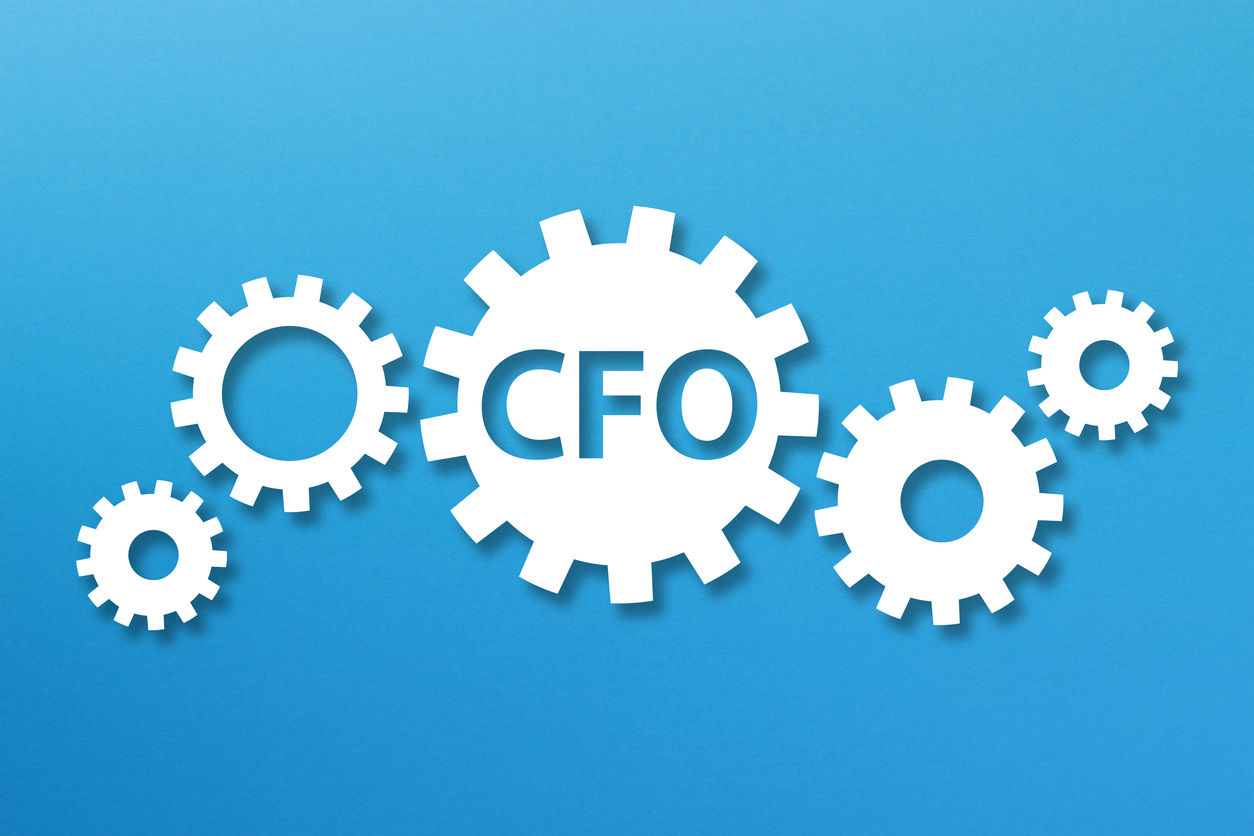Photo by NORTHFOLK on Unsplash
The Franchise Operations Manual is not just a document; it is the DNA of the franchise model. A professionally crafted FOM ensures that each franchisee, regardless of background or experience, can replicate the brand’s success. It establishes a clear pathway.
The Importance of a Professionally Written Franchise Operations Manual
By Fred Kirvan – CEO Kirvan Consulting
The franchise model is a powerful strategy that has fueled the global growth of countless successful businesses. At the core of this model lies the Franchise Operations Manual (FOM), which encapsulates the essence of the franchise’s operating principles. An expertly composed FOM is essential for preserving brand consistency and a blueprint for franchisees navigating the challenges of establishing and running their outlet. This article emphasizes the significance of a professionally written Franchise Operations Manual, dissecting its crucial elements such as site selection, construction, operations, human resources, business management, and marketing.
Site Selection: The choice of location can make or break a franchise. A meticulously detailed section on site selection provides guidelines on demographics, traffic patterns, local competition, proximity to complementary businesses, and lease terms. The brand maintains consistency in its customer experience and market presence by ensuring that each franchise selects an optimum location. A professionally articulated FOM offers a framework that aids franchisees in making informed decisions, minimizing risk, and enhancing the likelihood of success.
Construction: Embarking on building without clear guidelines can result in inconsistent appearance, functionality, or both outlets. The construction segment of the FOM offers precise details on design, layout, fixtures, signage, and furnishings. It ensures that every outlet is built to the exact specifications, uniformly reflecting the brand’s identity and ethos. This promotes brand recognition and guarantees that customers receive the same experience regardless of the franchise location they visit.
Operations: Operations are the heart of any franchise. This section, arguably the most expansive in the manual, covers daily routines, service protocols, product preparation, inventory management, supplier relationships, and customer interaction. A comprehensive operations section is instrumental in maintaining service quality and product consistency, two of the most vital elements for the sustained success of a franchise. When franchisees have a well-defined operational roadmap, they can ensure that each customer encounter aligns with the brand’s reputation and standards.
Human Resources (HR): A franchise can only thrive with a committed, trained, and motivated workforce. The HR portion of the FOM deals with recruitment strategies, training protocols, performance assessments, employee retention, and conflict resolution. By ensuring that each franchise follows the same HR principles, the brand establishes a consistent work culture, ensuring that staff at every location shares the same values, skills, and service ethos.
Managing the Business: A franchise is, after all, a business entity, and like any other enterprise, it requires astute management. This segment of the FOM offers guidance on financial management, including budgeting, accounting, and financial reporting. It also provides insights into regulatory compliance, risk management, and contingency planning. With these guidelines, franchisees can ensure they manage their outlets not just as extensions of a brand but as thriving, sustainable businesses.
Marketing: Brand recognition is among the most vital tools in a franchisor’s arsenal. The marketing section of the FOM ensures that all advertising, promotions, and public relations initiatives are cohesive and consistent with the brand’s image. By providing guidelines on logo usage, promotional materials, online presence, and media interactions, the FOM guarantees that all franchise outlets speak with one voice, magnifying the brand’s presence and resonance in the market.
In conclusion, the Franchise Operations Manual is not just a document; it is the DNA of the franchise model. A professionally crafted FOM ensures that each franchisee, regardless of background or experience, can replicate the brand’s success. It establishes a clear pathway, from selecting the perfect site to executing a flawless marketing campaign, ensuring that the brand’s promise is consistently delivered to every customer at every location. In an age where brand consistency is synonymous with trust, a well-conceived FOM is not just important but indispensable.
For professionally written Franchise Operations Manuals contact: [email protected] and visit www.frangrow.com
Always ensure to cross-reference with updated resources and consult with professionals when making legal,business and financial decisions.
====================================================
This article is researched, developed and Edited with the support of AI










